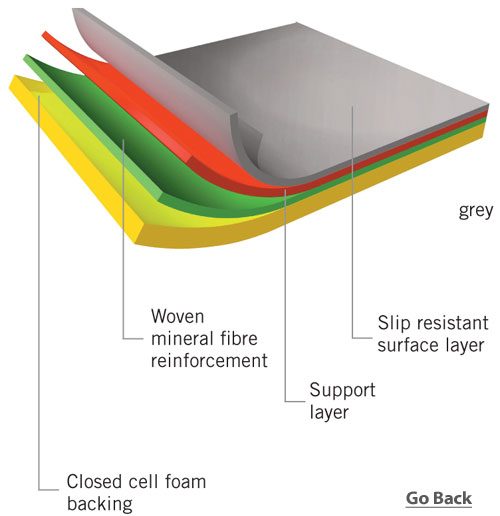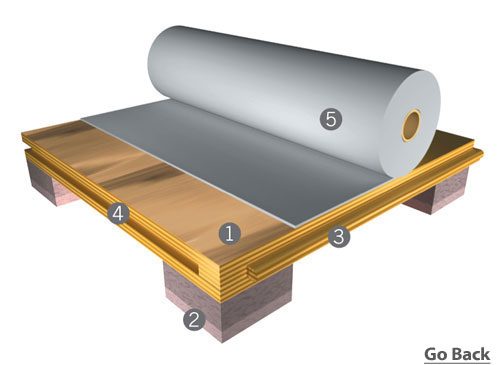Tools of the trade: Ballet #6 – Floors
One of the great things with dance is that you don’t need any equipment to do it. A piano or a cd is enough, and some open space, and you got all you need. Although any floor will do, there is actually a little bit more to the professional dance floors than you’d think.
Lets go by layers:
There’s more to it than what meets the eye…
On top, what you’re standing at, is the linoleum. It is a rubber-based mat that increases friction without being bulky or leaving stuff in your feet as the old parquet floors you see in old movies would. There are many producers of such mats, some specialize only in mats for dancing. There is also a difference in how slippery one would want them to be. In general, my experience is that the floors in theaters around Europe is a bit more sticky than those in America. If I really want to interpret it, this may be a consequence of the footwork in the american technique being slightly lighter and faster than what seen in Europe (for those of you who know the terminology, I mean that they don’t push the floor as much in tendue’s, and tend to concentrate more on slightly faster combinations in centre rather than closing the positions than the average company ’round here). That said, it might just as well be a coincidence that turned to a habit. If anyone of you know the reason for this, or have another opinion – share it! The comment link is just under the post!
And under the linoleum, there’s a sprung system..
A good dance floor is sprung, meaning that it has a certain bounce to it. If you land from a big jump, the floor will sink a little where the pressure’s at, decreasing the stress on the dancers joints and back. This can be achieved in many ways. I know some put elastic mats under the linoleum, but the “correct way” to achieve this is to lay a net-pattern of square boards made by soft wood, spreading the pressure to many points in the “net” (see the picture above if my explanation is a bit… complicated). That said, unfortunately there is still many theaters with studios – not to mention stages – with no such flooring, only strictly ballet mats on concrete or wood.
The simple fact that these sprung floors reduces stress on your joints is the best argument why all dancers that spend most of the day in the studio should dance on them. It may sound silly, but a little less pressure on your body in every jump makes a lot of difference as the years go by. Hard floors can – together with bad or incorrect technique – cause serious injuries such as stress-fractures and tendon-rips. I’ve had the uncomfortable experience of seeing (and hearing…) a persons achilles rip. Believe me, it is nothing you’d like to experience (apart from agonizing pain, there’s the whole end-of-your-career-issue). If that could have been avoided by good floors, I’d say it’s worth the extra money it costs to install them – it’s really quite expensive.
Read more about the stuff we encounter in every-day life as dancers on the Tools of the trade: Ballet column
Until next time,
Ta-ta
H
All pictures from Harlequin floors’ homepages. All rights are theirs.




